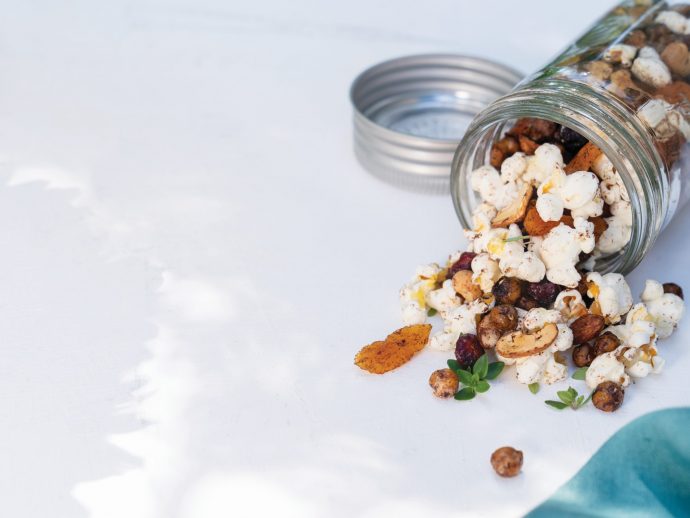
Sadly, we have a new(ish) word in our medical lexicon: Diabesity. It refers to the combined adverse effects of obesity and type 2 diabetes. And even sadder: kids are not exempt.
The good news is that both obesity and type 2 diabetes are very responsive to simple diet and lifestyle modifications. Take heart in the fact that you can help your child vastly improve their quality of life and shift the trajectory of their health.
The obesity-diabetes connection
The rising obesity rate for children and teens is contributing to their increasing incidence of type 2 diabetes. Even being moderately overweight before puberty significantly increases the risk of type 2 diabetes and cardiovascular disease in midlife.
Childhood and adolescent-onset type 2 diabetes is associated with poorer glycemic control and more severe diabetes-related outcomes (hypertension and dyslipidemia) than adult-onset type 2 diabetes.
Symptoms of type 2 diabetes in kids
- increased thirst
- increased urination
- blurry vision
- fatigue
- darkened areas of skin, usually the underarms and neck
- increased hunger
- slow healing of cuts and wounds
Speak to your doctor if you have any concerns about your child.
Modeling movement
Since the crux of most childhood obesity rests on an imbalance between caloric input and output, physical activity is crucial for the prevention and management of both obesity and type 2 diabetes. Parental physical activity and parental encouragement of exercise are both related to their children’s activity level.
Some evidence suggests that joint physical activity, involving parents and kids exercising together, is particularly beneficial.
Choose physical activities that are fun for both of you, ones that feel more like games than chores. Consider taking a nature guidebook on a hike with your child to identify trees, bugs, and birds or incorporate the family dog in a backyard soccer game.
Sweet eats
Modeling healthy eating is also important for your kids, although this one can be a bit more of a challenge when you’re dealing with picky eaters!
Try wrangling your kids and teens into the kitchen to help you cook dinner. This helps them learn about nutrition and may also encourage them to be more adventurous about trying new healthy foods.
Use these tips to keep things in balance.
- Food pairings Avoid blood sugar spikes by pairing a carbohydrate-rich food with a source of protein, healthy fat, or fiber.
- Low glycemic index foods Include berries, apples, and vegetables, and opt for whole rather than white grain.
- Chromium and magnesium foods Encourage foods like broccoli and turkey, rich in chromium and spinach and tuna, rich in magnesium, which improve blood sugar regulation and insulin sensitivity.
- Minimize sugar intake Avoid pop, baked goods, candy, and processed foods.
Written by Cassie Irwin, ND






